Installation Standards for Tee Fittings in Building Water Supply and Drainage Systems
2025-06-26 19:21:29
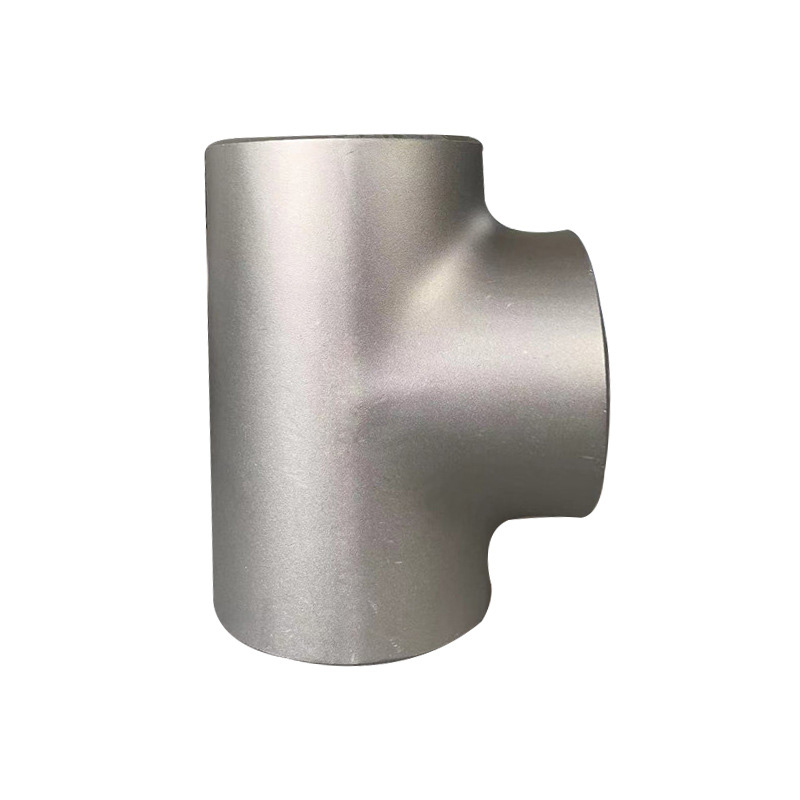
Installation Standards for Tee Fittings in Building Water Supply and Drainage Systems
Tee fittings are critical components in building plumbing systems, enabling branches in water supply and drainage pipelines. Proper installation ensures leak-free connections, efficient flow, and long-term reliability. Below are the key standards and best practices for installing tee fittings in such systems:
1. Correct Orientation
In drainage systems, branch tees must be installed with a proper slope (usually 1–2%) to ensure gravity flow and prevent backflow.
Use wye tees (45° angle) instead of straight 90° tees in horizontal drains to reduce flow resistance and blockage risks.
In water supply systems, ensure the tee orientation allows easy access for future expansion or valve placement.
2. Material Compatibility
Ensure the tee material matches the pipe (e.g., PVC with PVC, copper with copper) and complies with national or local plumbing codes (e.g., ASTM, UPC, or EN standards).
Use corrosion-resistant tees for metal pipe systems, especially in areas prone to moisture or chemical exposure.
3. Proper Jointing Methods
For plastic pipes, use solvent welding or mechanical couplings following the manufacturer’s instructions.
For metal pipes, apply thread sealants, PTFE tape, or soldering depending on pipe type and pressure class.
Ensure all joints are clean, dry, and free from burrs before assembly.
4. Pressure Testing
After installation, pressure test the system to verify leak-tight connections. Follow recommended pressure and duration according to applicable codes (e.g., 1.5 times working pressure for 30 minutes).
Inspect all tee connections during testing and immediately repair any leaks.
5. Support and Anchoring
Tees should be supported adequately to prevent stress on joints, especially at branch lines. Use pipe hangers or brackets near the fitting.
In vertical systems, install anchors above and below the tee to stabilize the pipe.
6. Expansion and Contraction
For hot water lines, allow for thermal expansion by using expansion loops or flexible joints near tee fittings.
Avoid rigid connections that restrict movement, which can cause cracking over time.
7. Accessibility and Clearance
Install tees where they are accessible for inspection, maintenance, or future modifications.
Maintain adequate clearance around the tee for tools and insulation, especially near valves or equipment.
8. Cleanouts and Inspection Ports
In drainage systems, install cleanouts near tees (especially in branch lines) to allow easy access for blockage removal.
9. Compliance with Local Codes
Follow all local plumbing and building codes for sizing, location, and installation practices.
Use approved products with proper certification markings (e.g., NSF, WRAS, or local authority approvals).
Conclusion
Correct installation of tee fittings in building water supply and drainage systems is essential for performance, safety, and code compliance. Adhering to proper orientation, jointing techniques, material selection, and support practices helps ensure a leak-free and efficient plumbing system throughout the building’s life cycle.
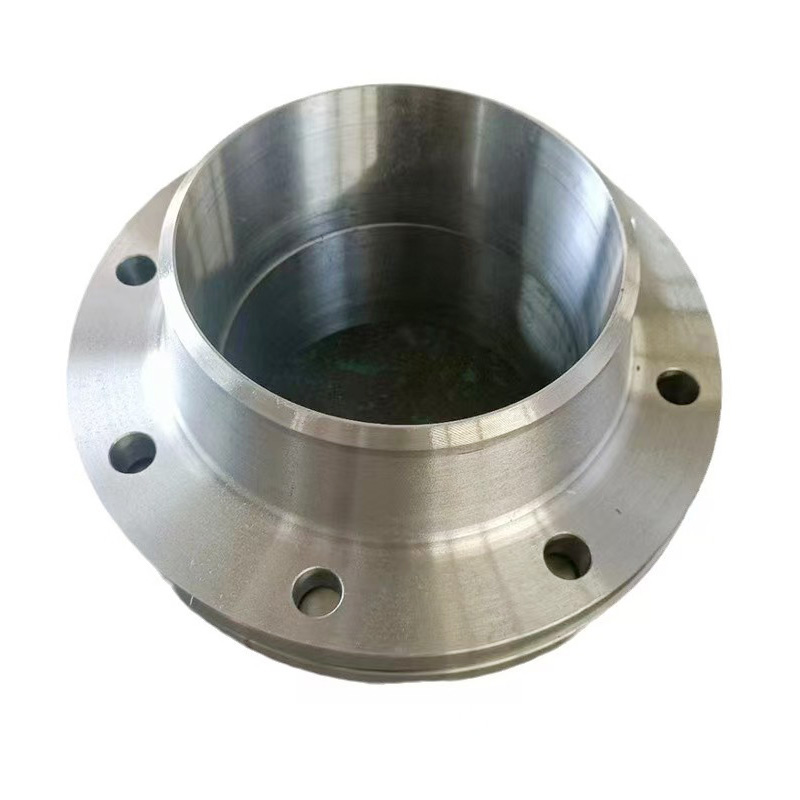
AWeld Neck Flange (WN Flange)is a type of piping flange designed to be welded to a pipe or ...
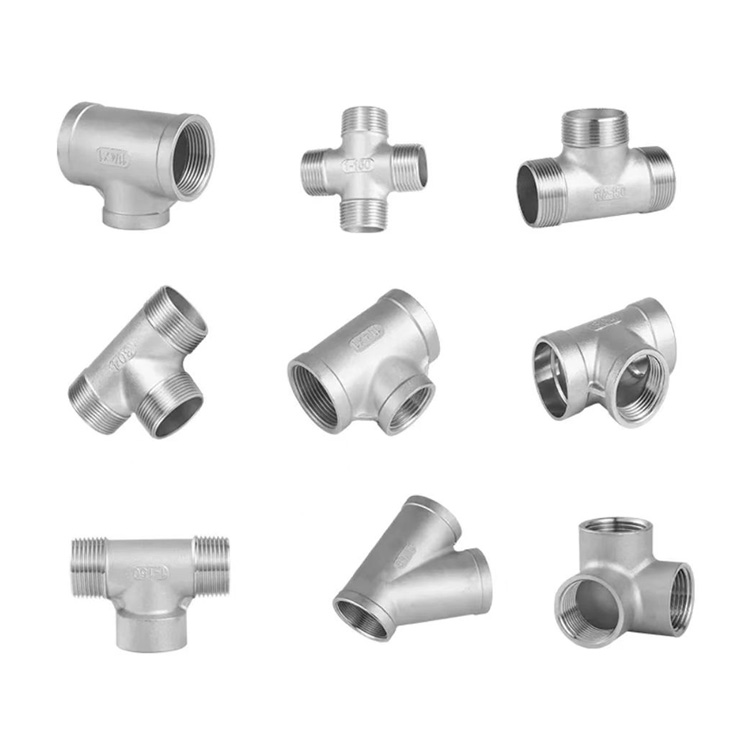
Socket fittings are essential components in piping systems, designed to connect, branch, or...
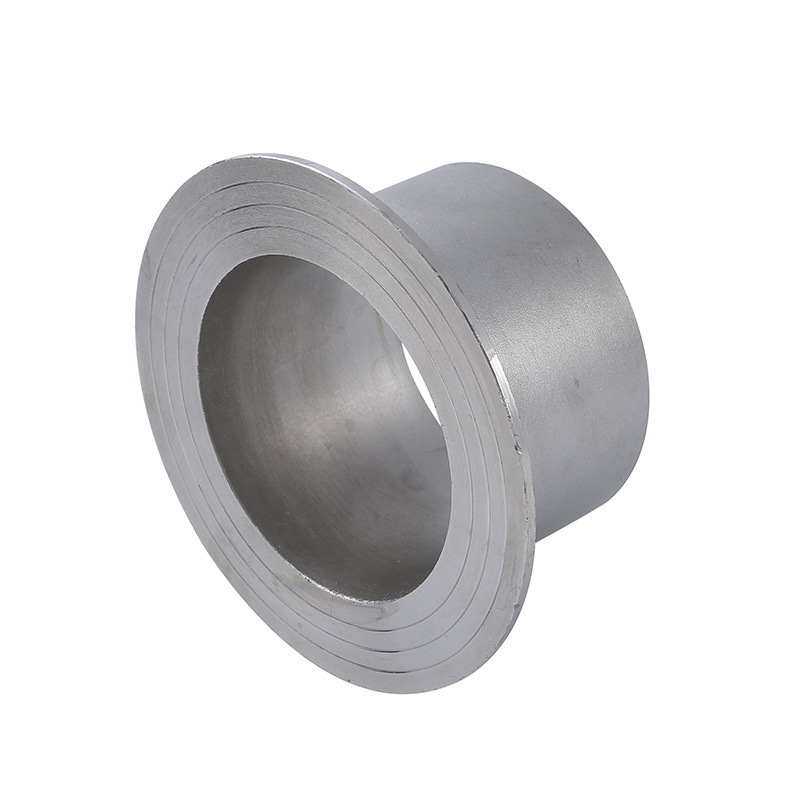
Welding ring is a commonly used metal ring component in pipeline connection or equipment do...
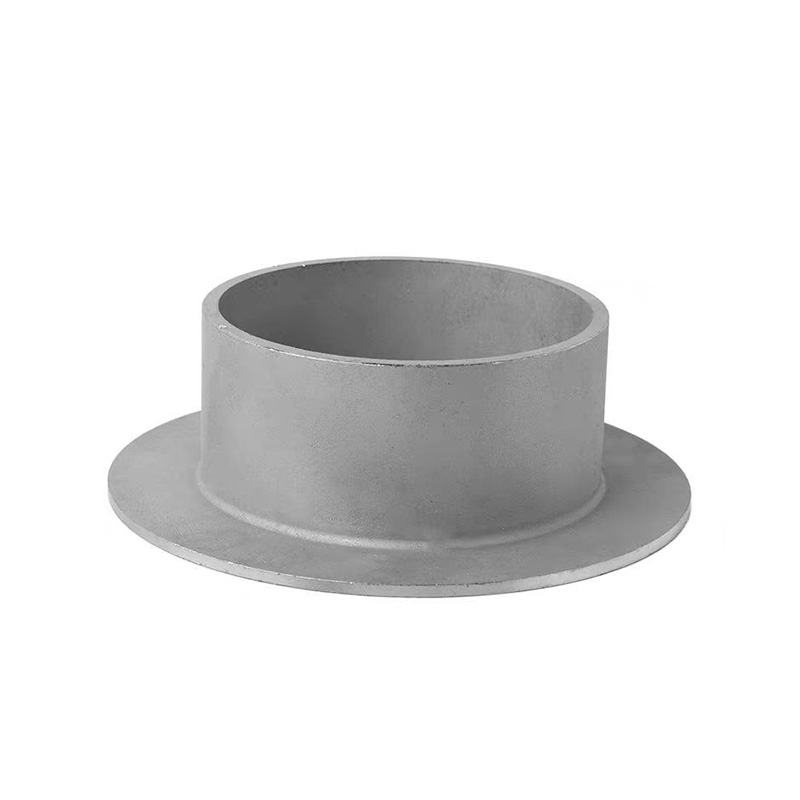
Welding ring is a pipe fitting used for pipeline connection. The following is its detailed ...






